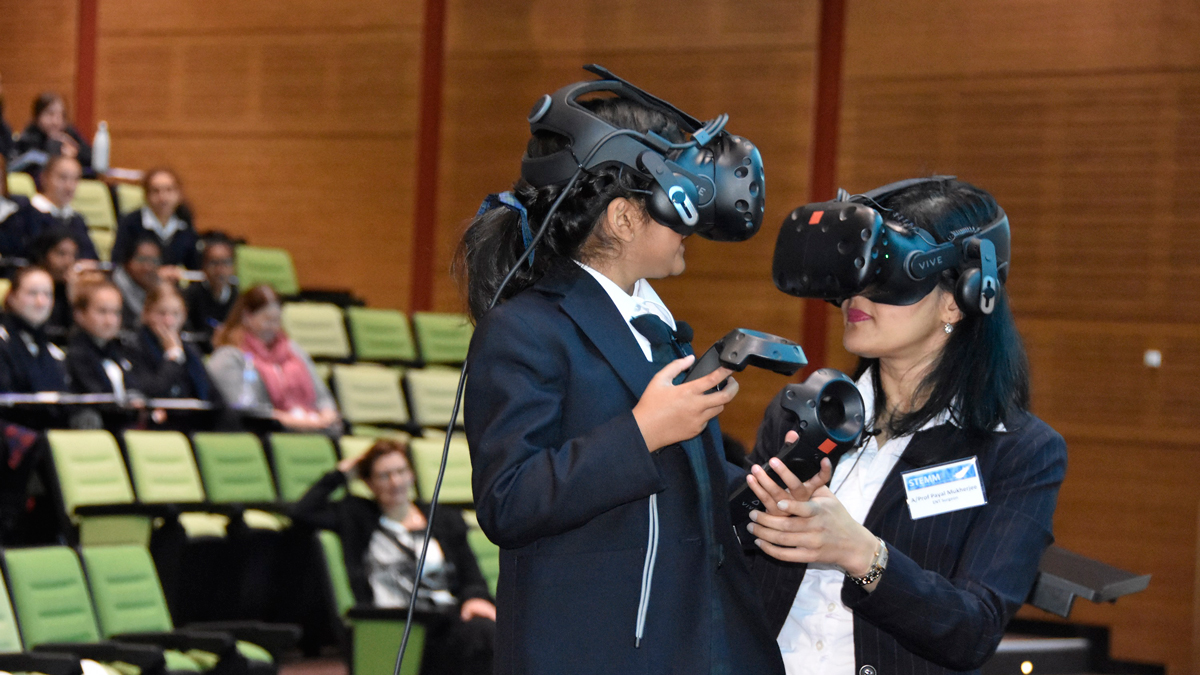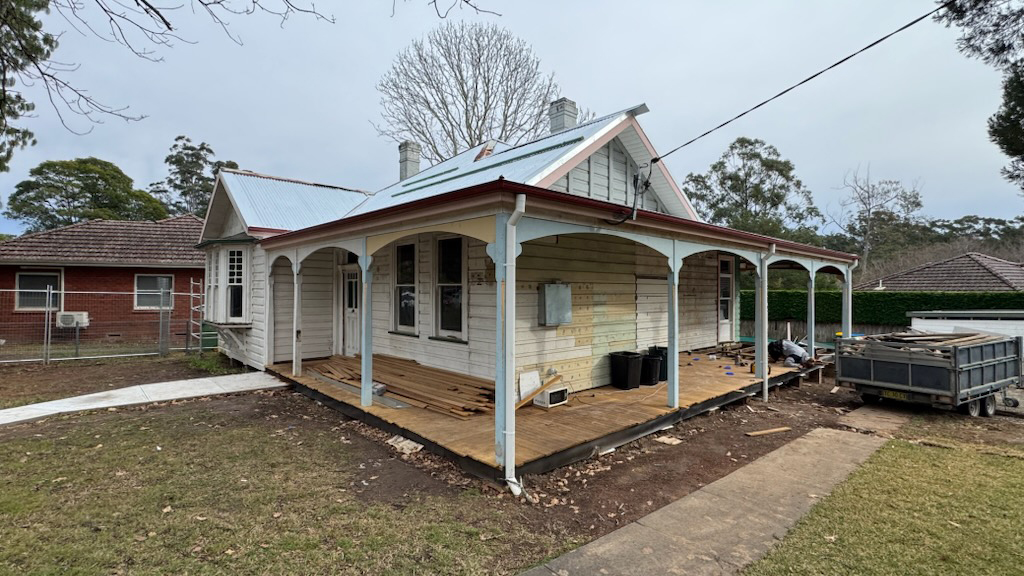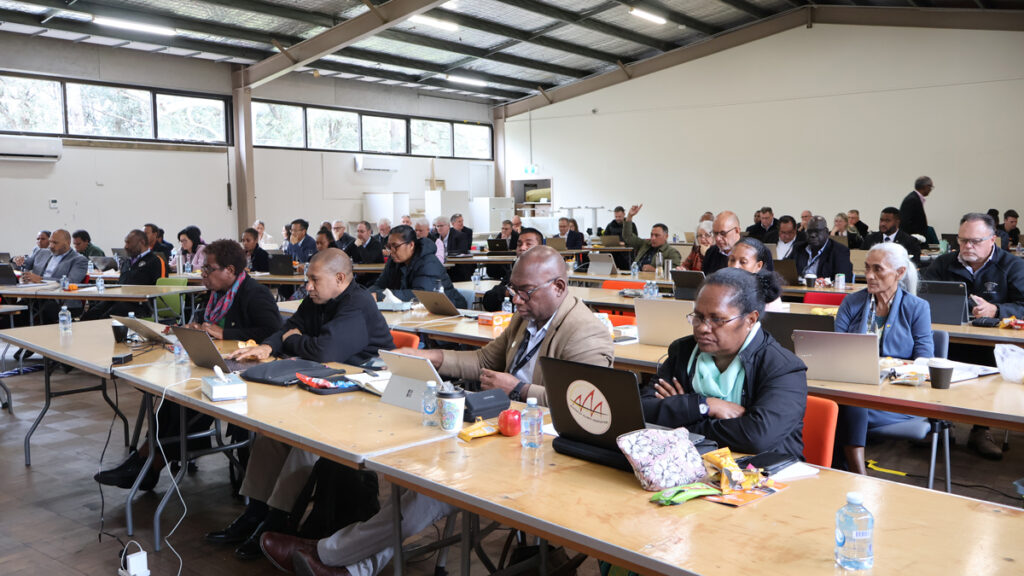Three hundred students got a glimpse into the future of medicine—including the use of virtual reality—during a careers forum hosted by Sydney Adventist Hospital last Wednesday morning.
The free Science, Technology, Engineering, Maths and Medicine (STEMM) initiative was designed for female students to help inform their future career choices, with women identified in an UNESCO report as under-represented in science, technology and medical careers despite growing demands and significant labour shortages.
Eight of the San’s leading female medical specialists spoke to the girls about their career paths and how they made it into their fields.

Ear, Nose, Throat (ENT) specialist Payal Mukherjee gave a particularly engaging presentation, featuring augmented and virtual reality to show the girls how technology is rapidly changing, with new careers being created continuously and incredible visual technology particularly being used in treatment, surgery and training.
Dr Mukherjee’s seven-year-old daughter Eesha played junior research scientist, using virtual reality technology. Eesha demonstrated how to perform a medical emergency—the removal of a pen lid from a patient’s throat—during a computer-generated virtual reality simulation with a “virtual” patient.
Dr Mukherjee said there are quantum leaps in career opportunities thanks to constantly changing technology.
“Having a seven-year-old demonstrate how virtual and augmented reality works underpins how effective and easy it is to use this technology,” she said.
“Technology is transforming jobs, healthcare training and healthcare services.
“In the future, while technology will automate certain jobs, armed with new technology creative young minds will equally find brilliant new careers and new professions in ways that we can’t even dream of. It is the engagement of these young people that will lead to even greater advances. It is important to bring such medical research out of our labs and into their hands, so they can feel empowered to create and translate research into practice.
“As both a mother and a surgeon I’m incredibly excited by what technology means for the future for my patients, my students and for school students, including my daughter.”
Another high-tech demonstration that excited the students was a wristband, given to each student on arrival, which enabled them to access an augmented reality 3D image via a smartphone app.
After the presentations the event’s major sponsors, device and technology companies, Philips Healthcare and Medtronic, showcased different types of innovative healthcare equipment at a careers expo.
The Sydney Adventist Hospital Clinical School of The University of Sydney and Avondale College of Higher Education showcased the educational opportunities for students.







